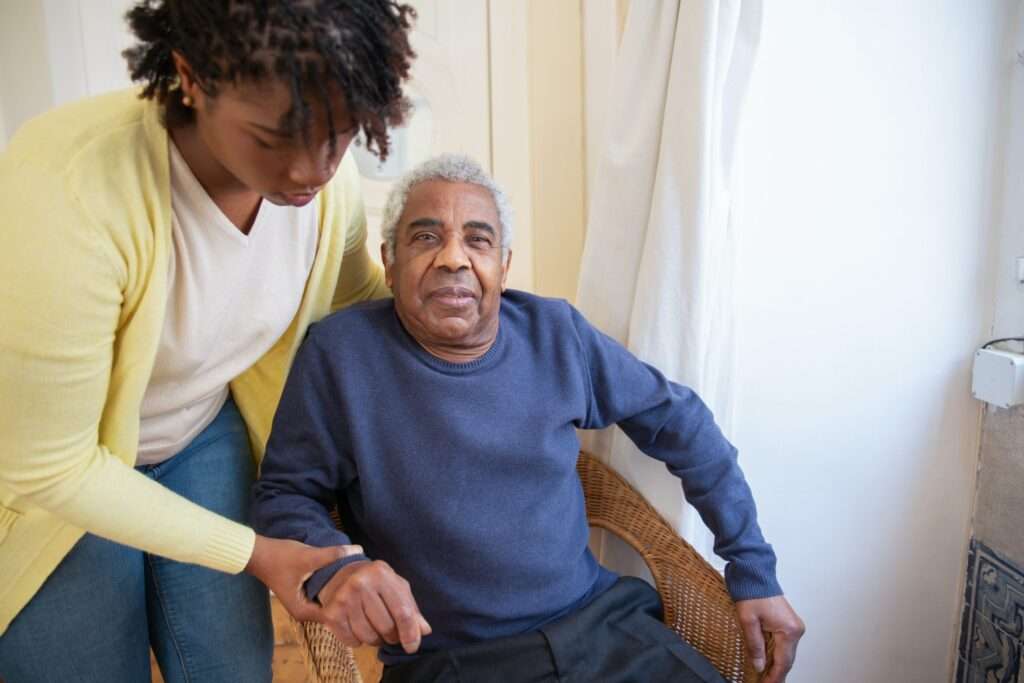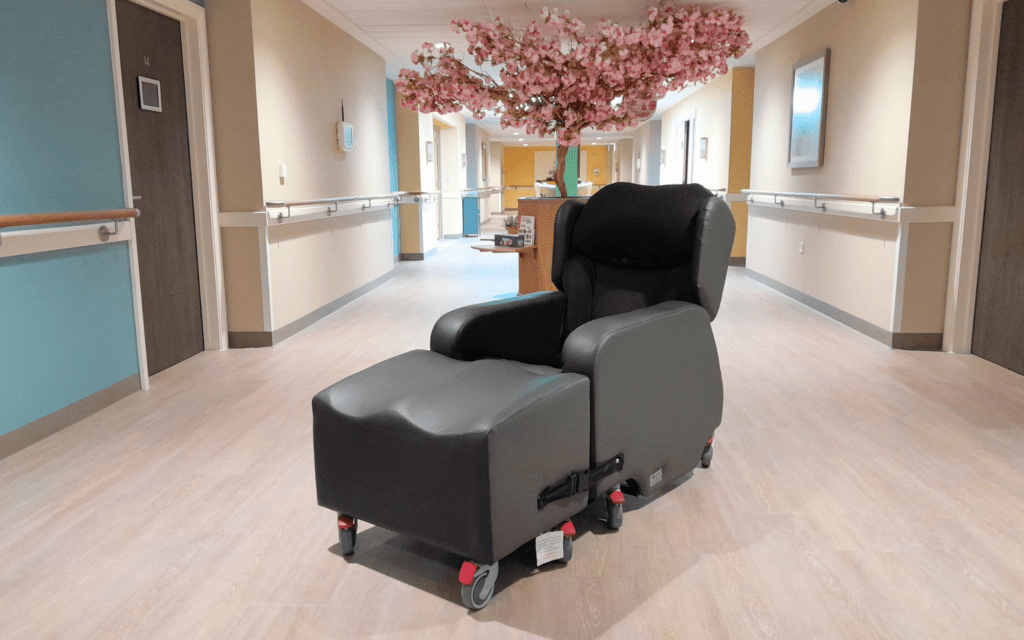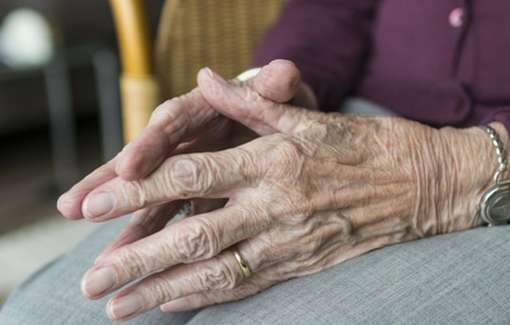Intro
In a recent member survey, the Royal College of Occupational Therapists (RCOT) found half of Occupational Therapists are supporting someone affected by Long Covid. This comes on the back of growing calls to treat long covid as an occupational disease.
The Rehabilitation Workforce Survey polled 550+ occupational therapists (OTs) working in the UK across all age groups and found that half of OTs are directly providing care to someone impacted by long covid.
This is expected to have a further financial strain on local care providers with the RCOT survey noting that “the provision of occupational therapy for Long Covid hasn’t been funded, it comes out of existing, already stretched budgets.”
Jump straight to…
What is Long Covid
‘Long Covid’ is generally used as a cover-all term to describe ongoing COVID-19 symptoms & new symptoms (sequelae) that can develop from infection & occur at least four weeks after. With new evidence emerging daily, there is still much to be learned about how the illness works, with its long-term impact unclear.
Symptoms of Long Covid
As an emerging illness, the symptoms of can be varied & can change over time as knowledge develops. Currently, symptoms range from respiratory & neurological, to gastrointestinal & musculoskeletal. Fatigue remains the most reported symptom of long covid.
Reports of long covid can vary between individuals and symptoms suffered can range from but aren’t limited to:
– Shortness of breath
– Palpitations
– Tight chest
– Chest pain
– Chronic fatigue
– Muscular aches
– Difficulty sleeping
– Joint pain
– Depression
– Anxiety
– Skin rashes
– Tinnitus
– Earache
– Loss of taste/smell
– Sore throat
Long Covid in the General Population
The latest data from the Office for National Statistics (ONS) estimates that around 2 million people in the UK (3.1% of the population) are suffering from long covid.
The evidence that long covid adversely affects an individual’s ability to perform day-to-day activities is growing with 71% of respondents to the ONS survey reporting that they had been “limited a lot” by the illness.
Long Covid in Older Adults
The knowledge that adults aged 65+ are more likely to face severe illness with COVID-19 is widespread. Less commonly known, however, is the fact that older adults also face a significant risk of developing new conditions after the initial infection, with almost 1 in 3 developing new conditions after a diagnosis.
Long Covid As An Occupational Disease
Calls to approach long covid as an occupational disease have been ongoing & are growing as evidence of its debilitating affects mounts. In late 2021, the BMA recognised the large numbers of people affected and called on the UK Government to “invest in the monitoring, research & treatment” as well as seeking “the recognition of long covid as an occupational disease.”
This motion, passed at the BMA’s Annual Representative Meeting, matches attitudes within the industry; with a recent survey by the Royal College of Occupational Therapists showing 82% of its members have experienced an “increase in demand for occupational therapy-led rehabilitation services over the last six months alone.”
So far, these calls have not been successful in effecting change and classification of the disease has not changed; leading to direct calls for action from within the UK government, with Layla Moran, chair of the All- Party Parliamentary Group on Coronavirus urging Whitehall to do more to address this issue saying that “Healthcare professionals are bearing the brunt of UK Government inaction, and as long as Ministers bury their heads in the sand and refuse to address the growing Long Covid crisis, our economy and essential services will be under even greater strain.”
Echoing industry sentiment, she added that government authorities “must commit more money for research and funding & recognise the condition as an occupational disease”.

Hospital Care vs Community Care
The general understanding of healthcare provision is limited to acute & specialist care settings where patients need short-term, specific, in-hospital care for severe illness. In the case of COVID-19 & long covid, this has led to an over focus on reducing hospital admissions & deaths along with a damaging oversight of community-based care. As a result, acute & specialist care are relatively protected while community care is comparatively neglected.
Speaking to this oversight, BMA council chair Chaand Nagpaul said “the burden of illness isn’t just about hospitalisations, but people who are seriously ill in the community, and we need to take on board all these points”.
This view was mirrored comments by David Bailey, chair of BMA Cymru Wales who said, “The number of people experiencing more severe long COVID symptoms will require continuing care from a range of doctors including GPs, cardiologists & respiratory consultants, and undergo physiotherapy to address the effects of prolonged periods in intensive care.”
Funding Slowdown Impacting Care
The last decade has seen a steady, real term slowdown in NHS funding; with the last eight years seeing “health spending grow at a historically slow pace”.
Emerging evidence suggests that this financial slowdown has adversely affected patient care & that it comes at a time when funds have been targeted “towards front-line services while spending on other parts of the health budget and related services have been cut.” The results of this particularly visible in within non-acute care environments.
In recent years, care facilities have been increasingly operating under the Discharge to Assess (D2A) model, which NHS England define as “funding and supporting people to leave hospital when safe and appropriate to do so, and continuing their care & assessment out of hospital”.
During the COVID-19 pandemic, the Discharge to Assess model received dedicated, centralised funding, with the UK government earmarking £594m for implementation in 2021/22.
Funding for this operating model came to an end in early 2022, this comes despite the D2A programme showing its effectiveness in reducing delays of medically fit patients going home & receiving “widespread support from health and social care providers”.
In a letter addressed to the Chancellor of the Exchequer & Secretary of State for Health & Social Care, the NHS Community Network, which supports providers of NHS Community Health Services, and others called for “dedicated funding for the ‘Discharge to Assess’ model”; saying that the funding arrangements “removed administrative barriers between hospital, community health & social care teams” and led to an improvement in “patient flow from acute to community settings”.
The letter urged a change in government policy and stated, that “[care providers] all agree that the government needs to make discharge to assess funding permanent if these positive & cost-effective improvements for patients and system capacity are to be retained”.
Despite this pressure, dedicated, centralised funding for the discharge to assess model ceased in March 2022, and with no more scheduled to come, care workers face a financial cliff-edge & may dilute or ration the care they provide.














